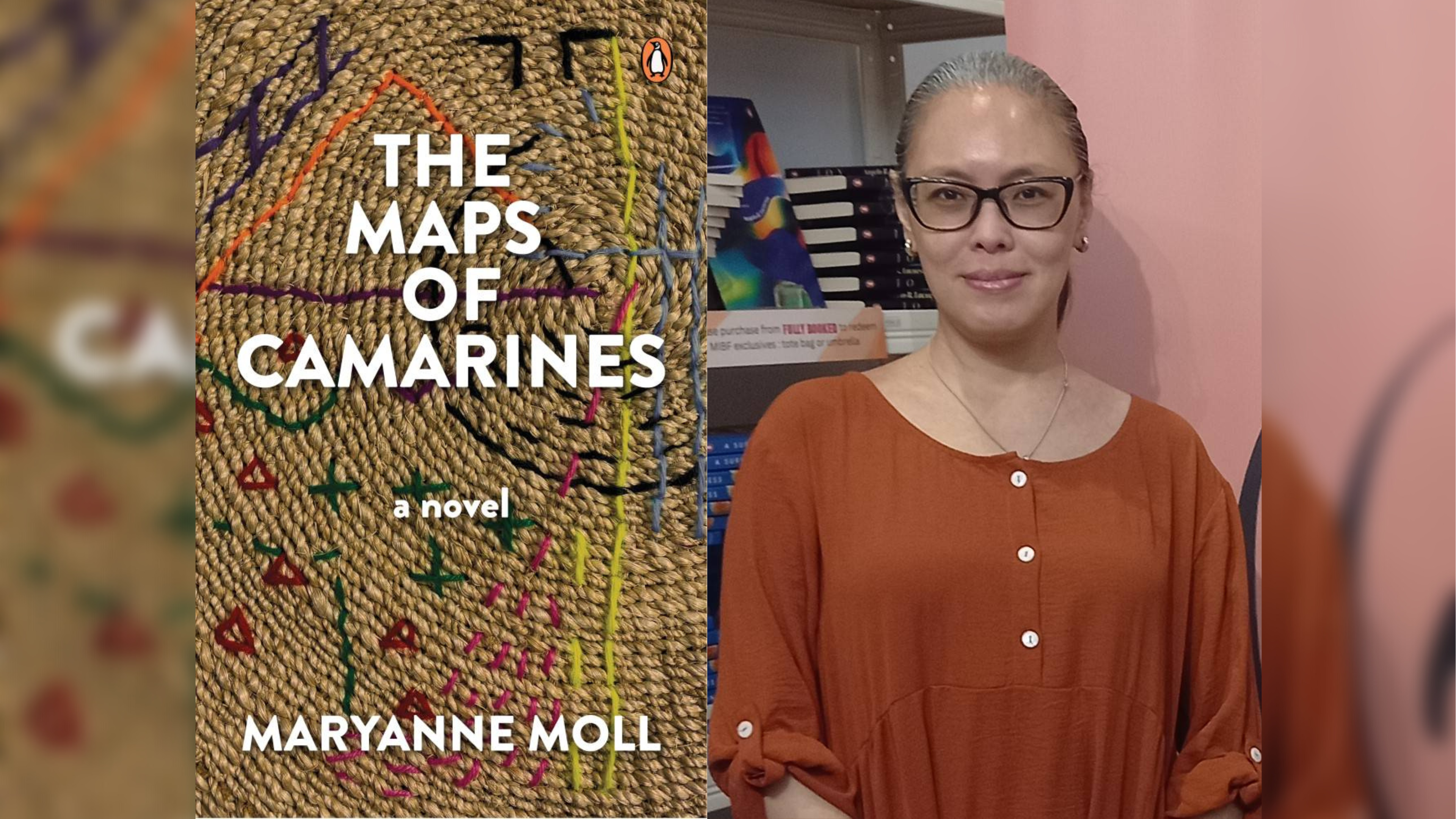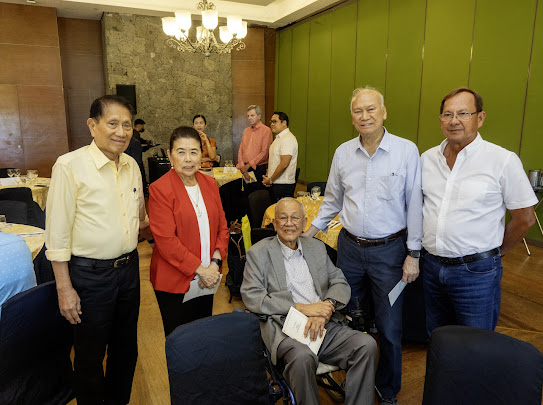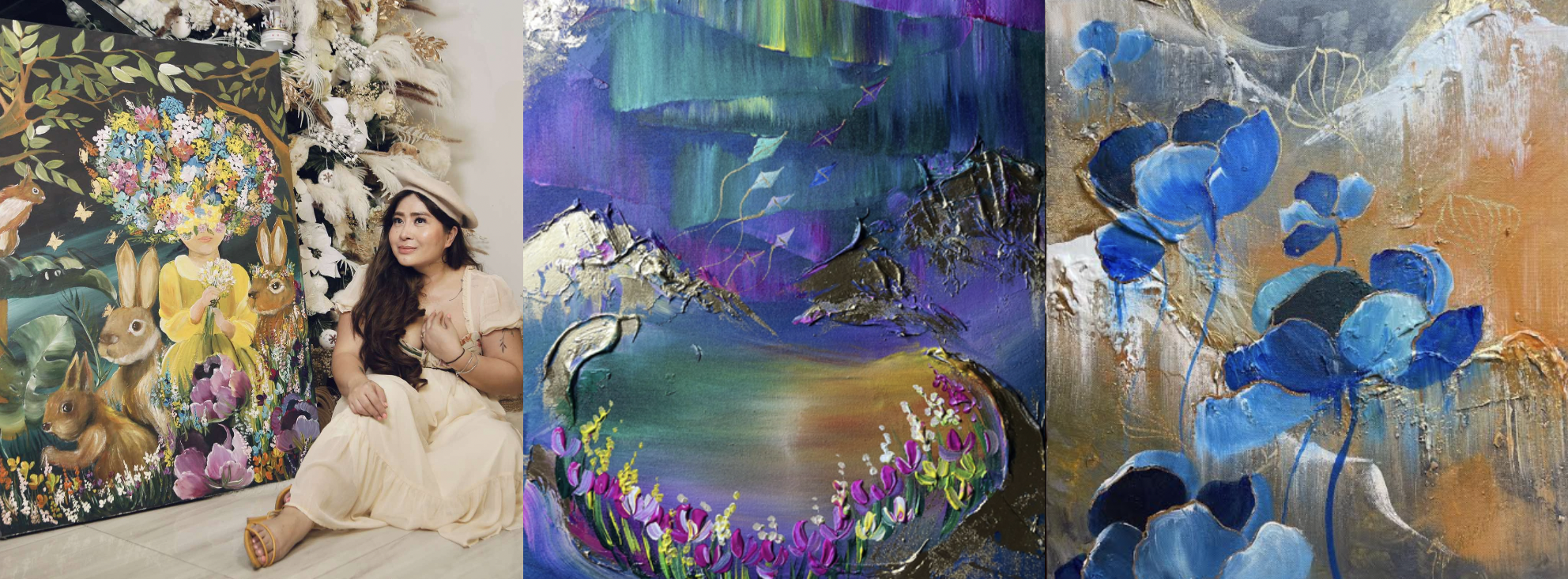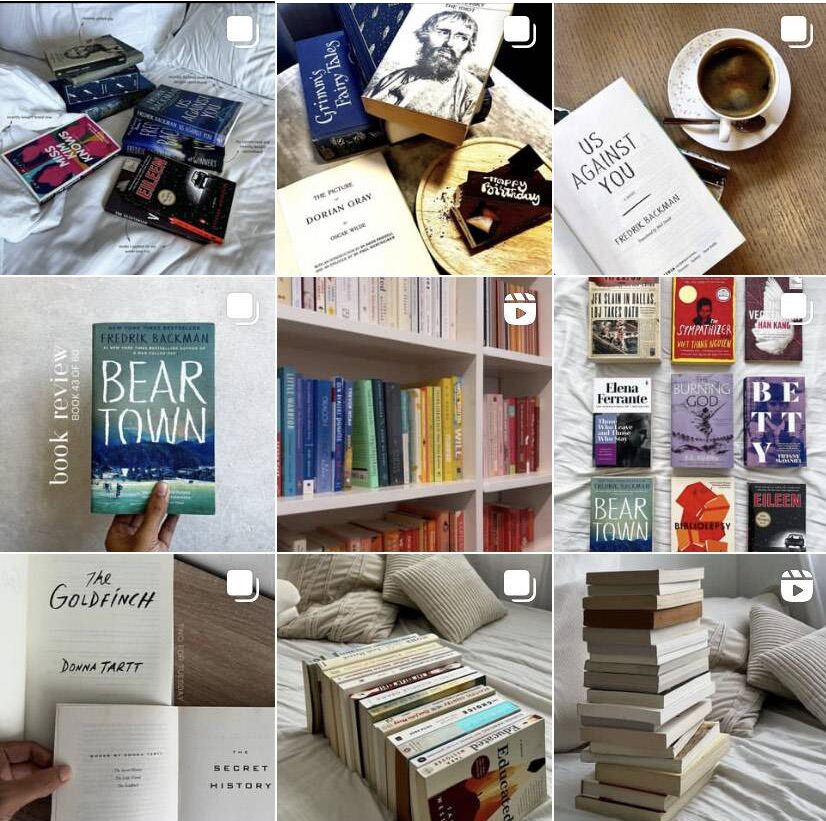In this series we ask bibliophiles, prolific readers, and men and women of letters about their book consumption habits and their top picks for essential reading.
“Anthony Bourdain’s Kitchen Confidential was the last book I finished. It’s Chef Tony, or Flaco, before he became the guy whose adventures we all live vicariously through. The chaos and adrenaline of it all, the food you can only dream of tasting. But apart from that, you’ll see that we all do things we’re not proud of just to get by; that you could get propelled into a different trajectory than the one you originally set out on, and that’s alright. It was timely for me to read, since I’ve been finding myself somewhere other than or beyond the self that I boxed myself into.
“I’m almost done with Funny Weather: Art in an Emergency. It argues the case for why art matters, especially during turbulent times, through portraits of artists and writers who’ve employed art in resistance and repair. I liked the stories of David Wojnarowicz, Agnes Martin, and Derek Jarman most of all. That myth of the tragic artist. I think that’s formed because we articulate suffering, especially for those who cannot verbalize or visualize it; but really, everybody suffers in their own way, and in varying degrees.
“I tend to flitter between several books at a time. One reading leads to another, or depending on what I’m drawn to or need to research on, I’ll oscillate between books. But there was a period at the start of lockdown when I just devoured one book after another, from two- to three-day reading times I reached a point when I finished a book a day. A lot of the lockdown reads were fiction and memoirs, as an attempt to sort of step out of myself and this reality. I found emotional release in several of those books.
“I think one of my first memories of loving a book was when my mum handed me her hardbound copy of Alice in Wonderland that she’s had since gradeschool. And loving that aged smell of yellowed pages. I remember sniffing the burgundy leather too, and tracing my fingers on the gold imprints. Maybe that’s also when I developed my love for burgundy things. Or maybe it was the big book of children’s stories we had, there was a story of a family that grew a gigantic turnip.
“I don’t know if it happens to you too, but I feel like the books that you need at a certain point of your life find their way to you somehow. You gravitate towards them. You encounter books you didn’t know you needed, sometimes through the casual perusing of shelves, or a friend or colleague recommends a book, or through an article; and it ends up having a significant impact on you. I could be looking for a title for quite some time, even years, and I wouldn’t be able to find it so it gets shelved at the back of my mind. And then boom, I come across it one day at a second-hand bookshop. I miss those encounters with gems in second-hand shops. And that meme I sent you, of reading/writing about one philosophical topic uncontrollably sliding into 9,000 other topics its related to. I tend to fall down rabbit holes of other related readings. But I guess it’s more of a spiralling upwards really, or a rhizomatic growth with no ceiling.
“Camus is a writer I often revisit. ‘Thus, I ask of absurd creation what I required from thought—revolt, freedom, and diversity… The required diligence, the doggedness and lucidity… To create is likewise to give a shape to one’s fate.’ I was drawn to the ideas of ephemeral creation; consciousness born of the absurd, sustaining this state of consciousness and fixing its adventures; and above all, persisting.
“I did this project wherein I hand embroidered flowers, it took a total of 82 hours of labour; only to taint it by imprinting it on a slab of black clay, and then subsequently dipping it in clay slip and firing it. I recorded videos of the embroidery process, and printed an images of the almost finished piece onto satin. The original work ceased to exist as itself, only reincarnated and recorded part and parcel through the other works. I wasn’t sure if it made sense to others, but I felt all the more compelled to do it for the very reason that it defied the usual logic of production. It was such a meditative process for me to undertake, the repetitive gesture, continuing the work despite knowing it was to be destroyed. It’s the doing that matters, the deliberate doing, being fully conscious in the act.
“I think since encountering Camus and Foucault, I’ve been trying to understand the meaning of things, dissecting these layers of constructs, unlearning what we’ve been told that a thing IS, discovering what else it also is or what it can be. The order of things is merely an invention. I think in my practice, I tend to undo myself and the objects I’m attached to. The processes I embark on, they’re what matters, more than the by-products, the art objects. The focus is on the memories and meanings attached to those destroyed objects, and how I can manipulate meaning by manipulating the object or material.
“In Foucault’s History of Sexuality, he dissects these cold Western attitudes towards sex, like the scientific approaches to understanding sex or how confession forces you to cut up your thoughts and actions into so many sinful parts that the spirit of pleasure dies and all we’re left with is shame and judgment. He mentions how Asiatic attitudes lean towards the deeper, spiritual experiences of sensuality. I’m drawn to such discourses on sexuality and intimacy in aspects of my practice. There’s a lot to reclaim among the detritus of colonization. Take the word kalualhatian for example, aside from the place where Bathala and other Filipino deities reside, it also used to mean orgasm. Back then, there was a healthy and responsible practice of sexuality, even non-hetero orientations already existed. And then the Spaniards came, dismantled all that, everything became strictly binary and repressed. Kalualhatian now means God’s glory. But I guess it still retained some spirit of transcendence, sans the supposed lasciviousness. I try to reclaim that unabashed attitude towards intimacy in some of my works.
“And with that, Anais Nin has also been a writer I keep coming back to as well, and has been a heavy influence in my works. How she speaks of intimacy and gender. The diaristic approach I take on in a bulk of my practice.”
PAM QUINTO’S ESSENTIAL READING PACK
The Missing Piece Meets the Big O by Shel Silverstein. “It’s the story of this little triangle, like a pizza slice, that goes on a journey looking for the piece that will complete it so it can roll. Some pieces are too loud or too shy, some pieces have way too many missing pieces and some pieces have way too many pieces shoved into it. Missing piece finds another piece that it fits into, but then missing piece grows too big for the other piece. Then a big O comes along and missing piece asks if they can merge. Big O says it cannot be. And missing pieces asks Big O how it became whole. Afterwards, missing piece sits there all alone. It eventually decides to move along on its own. It thumps and flops onwards, its corners slowly beginning to soften, then it sort of bounces along, and then learns how to roll. It eventually becomes a big O itself, and finds another O to roll beside it.
“It’s a children’s book but I read it in my early 20s actually, and I keep rereading it every now and then. It applies to a different aspect in my life each time I read it. I’ve applied its lessons to understanding relationships and how to go about my career. You can’t expect others to complete you or cling to others to make you happy or fulfilled. That’s a journey or task only you can embark on. You have to learn to exist as an independent entity. And then you encounter other whole people you can roll through life with and learn from.”
Insomniac City by Bill Hayes. “It’s Bill’s memoir about his life with Dr. Oliver Sacks and his love affair with New York. I liked O’s little random musings most of all, he notices the in-between things. He says things like ‘Are you aware of your thoughts before language embodies it?’ and ‘I like the confusion of agency, your hand on top of mine, not knowing where my body ends and yours begins.’ He could make washing dishes, the periodic table, or death by fireflies sound endearing. ‘A luminous death’ he says. It’s such a feel good book, I cried at the end, but even that I felt good about.”
Sophie Calle’s True Stories. “Sophie’s one of my favourite artists. I like how her books are artworks or exhibitions in themselves. It’s partly a visual memoir where we’re presented with these fragments of her life, and partly meditation on her works and belongings. Some of the tales are poignant, some of them are funny, some of them odd, all of them are interesting.”
In Favor of the Sensitive Man and Other Essays by Anais Nin. “It encompasses so many topics (gender equality, relationships, psychology, literature, arts, and places) you’ll definitely pick up some lessons. Anais is mostly known for her diaries and erotica, but I think this is one of her most significant writings. I find myself coming back to it again and again.”
The Myth of Sisyphus by Albert Camus. “I think this is a relevant reading, especially at this time, now that almost everyone has been waking up to this absurd reality everyday. When the pandemic erupted, everybody started reading The Plague. This book is a good follow up to that, or even if you haven’t read The Plague this is still a good read. I read an article that said cases of suicide will increase because of the pandemic’s strain on our mental health. The book begins with the problem of suicide, this confrontation between man and his obscurity, but it’s not at all depressing. It’s a philosophical exploration on how we may continue on with life when the illusions of hope or the future dissipate—to cultivate a constant awareness, savoir-vivre transcending savoir-faire, a perpetual defiance. Despite the Sisyphean feats we’re individually and collectively faced with, ‘I like to imagine Sisyphus happy.'” — PAM QUINTO as told to JED GREGORIO
Pam Quinto (b. 1991, Quezon City) graduated with a Bachelor in Fine Arts, major in Studio Arts (Painting) in 2014 from the University of the Philippines, from which she received the Outstanding Thesis and the Gawad Tanglaw awards for her undergraduate thesis. In the same year, she became part of the inaugural batch of the Artery Mentorship Program organized by Artery Art Space in Manila. She apprenticed in ceramics under artists Katti Sta. Ana and Roberto Acosta. Most recently she has presented works in The Drawing Room, Tin-Aw, Altro Mondo, Kaida Contemporary, UP Vargas Museum, among others. She is set to have her first solo exhibition in MO_Space next year.
_____
MORE FROM THIS AUTHOR:
Essential reading according to writer and LGBT+ rights advocate Evan Tan
Artists Talk: Wawi Navarroza in conversation with Jed Gregorio









































